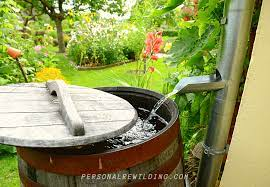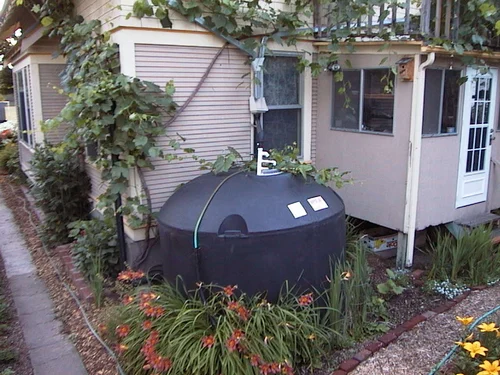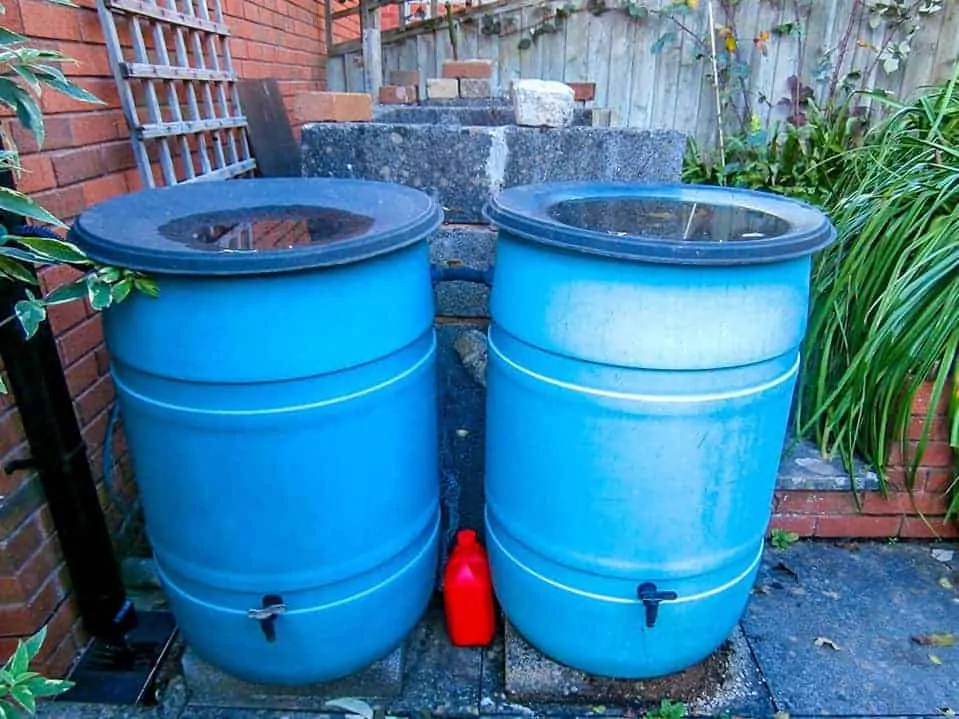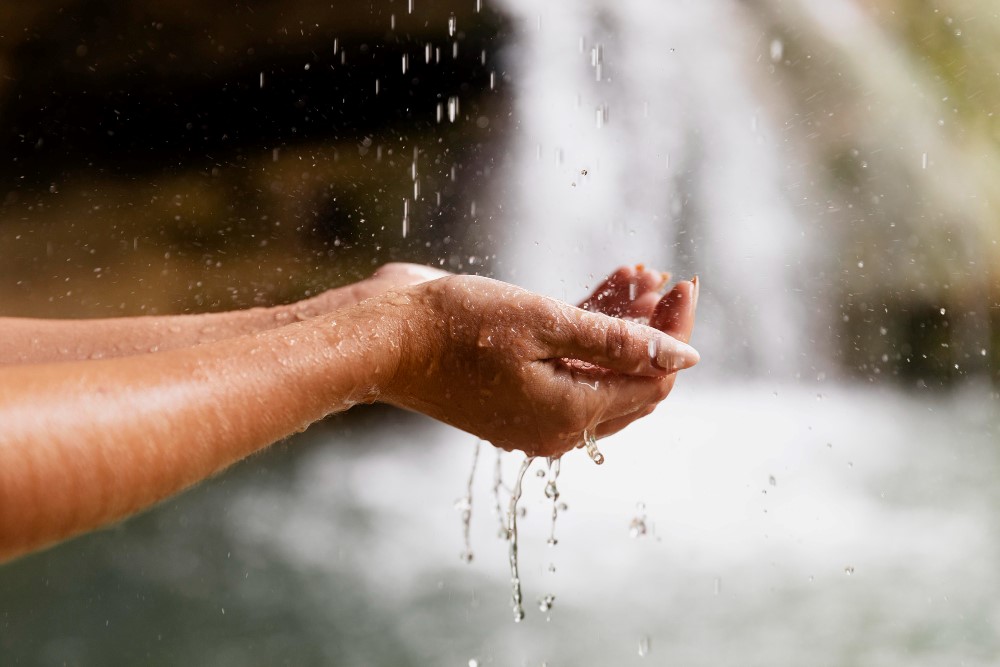As regions around the world face increasing water scarcity, many are turning to rainwater harvesting as an effective, sustainable way to conserve water. Using rainwater to irrigate your garden not only reduces your dependence on treated water but also helps lower your water bills.
Simple Methods for Collecting Rainwater
The simplest way to collect rainwater is by using any container that can catch and hold water. You can also set up a slanted tarpaulin or other waterproof surface to direct rainwater into a collection vessel. This method works well in places like community gardens or areas detached from buildings.
However, the most efficient method is using rooftops. Whether it’s your home, shed, garage, or greenhouse, rooftops offer vast surface areas to collect rainwater. The larger the roof, the more water you can harvest.

Calculating Your Harvesting Potential
To estimate how much water your roof can collect, you can use a straightforward calculation. Multiply the roof area by your average annual rainfall. Since about 25% of rainwater is lost to evaporation and runoff, multiply the result by 0.75 to account for these losses.
For example, a 60-square-foot section of my greenhouse roof (approximately 5.5 square meters) receives about 32 inches (800mm) of rain per year. This gives me an estimated yield of 900 US gallons (around 3.4 cubic meters), which can cover about a third of my garden’s water needs. Harvesting from multiple roof areas, especially larger ones like your house roof, can provide even more water for dry spells.

Water Storage Options
Rain barrels are the most common storage solution. These typically hold between 20 to 60 gallons (100 to 250 liters) of water. During dry periods, you may need more storage, so linking multiple barrels using overflow pipes is a good idea. Elevate your barrels on bricks or blocks for easier access with a watering can, and always cover them with a tight-fitting lid to prevent debris and mosquitoes.
For larger storage, you can repurpose an IBC (Intermediate Bulk Container) tank, which holds around 250 gallons (1,000 liters). These are perfect for those needing significant storage capacity. You can stack or connect multiple IBCs to maximize your storage and water supply.

When choosing storage containers, aesthetics matter, too. Consider decorative options such as repurposed whiskey barrels or custom-painted rain barrels.
Legal Considerations
Before setting up your rainwater harvesting system, be sure to check local regulations. While rainwater collection is legal in most areas, some regions, especially in dry states like Colorado and Texas, have strict limitations. Always verify local rules to ensure compliance.
Best Practices for Using Rainwater
Rainwater is great for watering plants but should be used cautiously for human consumption due to potential contaminants like bird droppings or insect larvae. When irrigating, aim water directly at the base of plants to prevent splashing on leaves. If you’re growing edible crops, allow a few days before harvesting and always wash any produce thoroughly.
Rainwater harvesting is an easy and effective way to conserve water while benefiting your garden. Whether you’re using a small rain barrel or a large IBC system, collecting rainwater can help reduce your environmental footprint and save on water costs. Have you tried rainwater harvesting? Share your setup and how much water you plan to collect in the comments!
